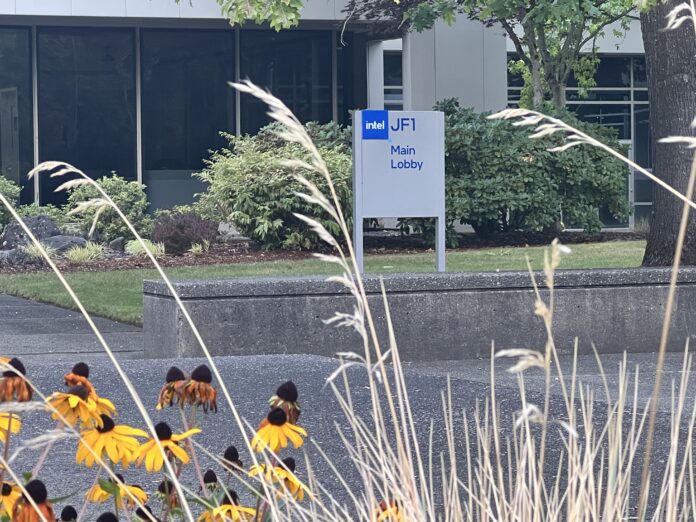While AI has driven growth in the semiconductor sector, Intel facing challenges around its design/build business model
Intel has had a tough time for a while now with its design/build approach to semiconductors facing headwinds while fabless firms like AMD and NVIDIA experience meteoric rises driven by demand for chips optimized for artificial intelligence (AI). A few weeks ago board member Lip-Bu Tan resigned his post, and last week the board of directors huddled for a three-day session.
Following that, Intel CEO Pat Gelsinger on Sept. 16 communicated to company employees that “the board and I agreed that we have a lot of work ahead to drive greater efficiency, improve our profitability and enhance our market competitiveness.”
Gelsinger distilled that into three takeaways:
- Intel Foundry, which is prepping to launch its 18A process node, needs to “drive greater capital efficiency.”
- “We must continue acting with urgency to create a more competitive cost structure and deliver the $10 [billion[ in savings target we announced last month.”
- And the company needs to “refocus on our strong x86 franchise as we drive our AI strategy while streamlining our product portfolio.”
Intel announces wins with AWS and the United States government
Building on those strategic pillars, the company announced two major wins with AWS and the federal government. The former is a “co-investment in custom chip designs, and we have announced a multi-billion dollar framework covering product and wafer from Intel.” Intel Foundry will use 18A to produce an “AI fabric chip” for AWS, and a custom Xeon chip, according to Gelsinger.
As to the former, Intel was awarded “up to” $3 billion in direct federal funding as part of the U.S. government’s Secure Enclave program which is essentially meant to build-up semiconductor fabrication capacity in the United States and gradually reduce dependency on Taiwan’s TSMC and South Korea’s Samsung.
Gelsinger wrote that these wins show “the continued progress we are making to build a world-class foundry business.”
More on the foundry business: it’s going to become “independent subsidiary inside of Intel…A subsidiary structure will unlock important benefits,” Gelsinger wrote. Basically, a further separation of Intel’s semiconductor fabrication from its product business “provides our external foundry customers and suppliers with clearer separation and independence from the rest of Intel.”
As for Intel’s ongoing massive investments in manufacturing capacity, Gelsinger said the Ireland plan will be its “European hub for the foreseeable future.” Projects in Germany and Poland will be paused for around two years. The company will complete construction of a packaging factory in Malaysia, which is also a design and manufacturing hub. In the U.S., the company will continue to invest in fabrication facilities in Arizona, New Mexico, Ohio and Oregon.
Taking stock of the announcements in a LinkedIn post, Founder and Principal Analyst of Moor Insights and Strategy Patrick Moorhead said of the foundry moves, “If the board, operating structure, and bylaws appear independent to the contrarians, this will likely make a big difference to Qualcomm, Broadcom, Apple, and maybe even AMD. Just wait until the U.S. pulls a China and requires all U.S. designs and manufacturing to be U.S. companies for critical infra[structure]. Of course, the tech has to be good with low-risk supply.”

